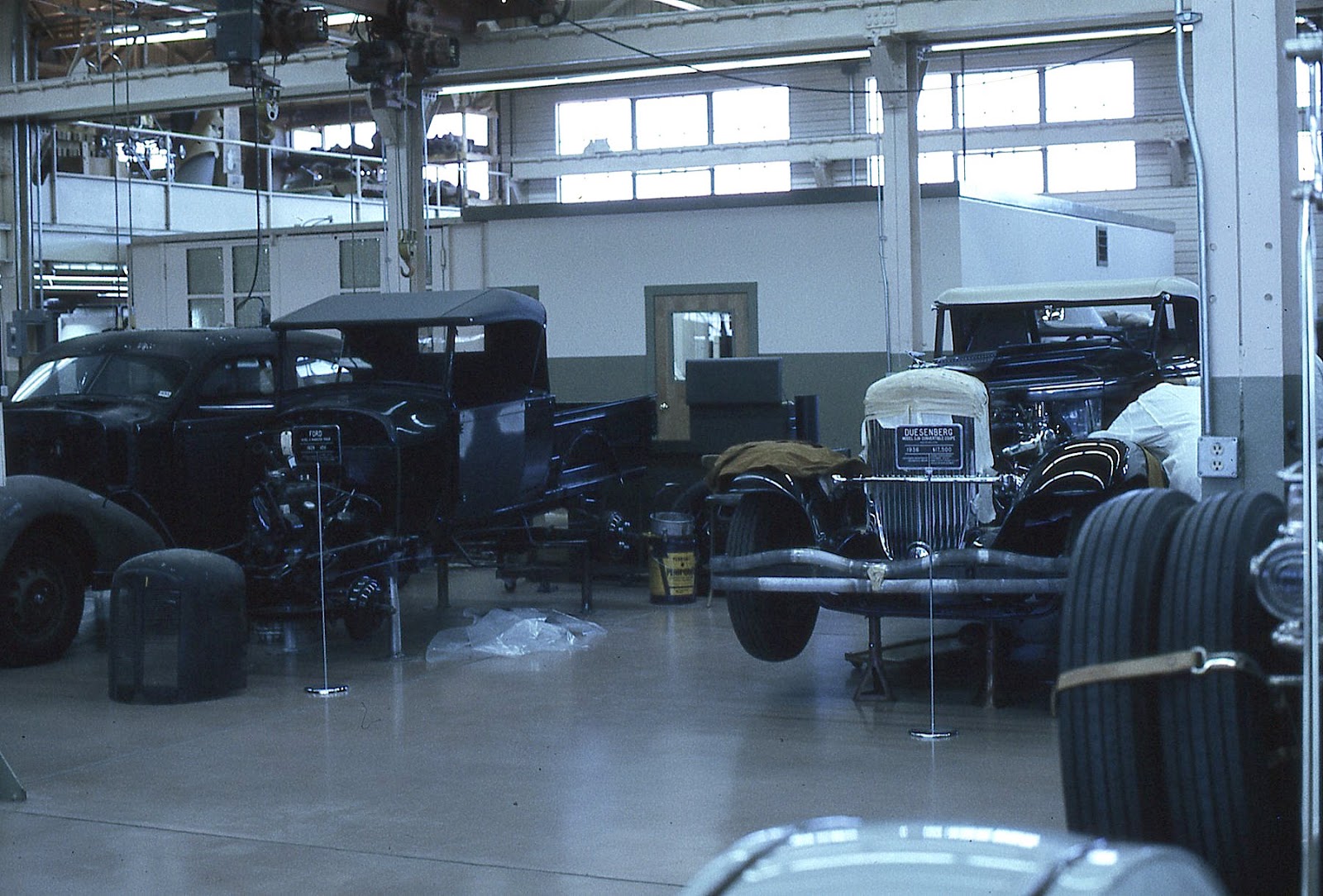The first hybrids were different-looking, something like the current crop of electrically powered cars. And the two earliest hybrid entries in the USA -- the Toyota Prius and Honda Insight -- are still being sold and still have their own styling themes. One change is that the initial Prius and Insight models have been replaced by new designs.
In this post, I present the initial Priuses and Insights along with the usual commentary. For background on the first Prius, click here, and for the Insight, go here.
Australian market version Prius shown here. It has small wheels on a short (100.4 in, 2550 mm) wheelbase along with a short, stubby nose. From the cowling back, the design is in line with small sedan styling conventions of the the mid-1990s. The Prius redesign used a longer (106.3 in, 2700 mm) wheelbase and a body derived from extensive wind tunnel testing.
For me, the problem with the initial Prius design is that the front and the rest of the car are poorly integrated. The main culprit is the curved character line above the front wheel opening: it shouldn't be curved. I would have extended it forward to touch the headlamp ensemble, splitting the latter so that the part above the contact point would be an amber color turn signal. Something like this would have related the front to the rest of the car.
The Prius rear is bland, but not ugly. The car cries out for larger wheels, but engineers probably insisted on small ones as a weight-saving measure.
The first Honda Insight had a very short wheelbase (94 in, 2400 mm) and held only the driver and a passenger. The design was clearly influenced by wind tunnel testing -- note the covered rear wheels, among other details. Like the Prius, wheels are aesthetically too small.
The Insight had a much better-integrated design, though the area in the vicinity of the top of the front wheel opening is a bit confusing. Fortunately the curves, folds and cut lines are subtle, thereby limiting the damage.
Both the Insight and Prius (to a lesser extent) designs have strong folds on the sides towards the rear. In both cases the objective was to have a usefully wide axle line while having the upper part of the aft body taper slightly inwards for aerodynamic reasons.

















































